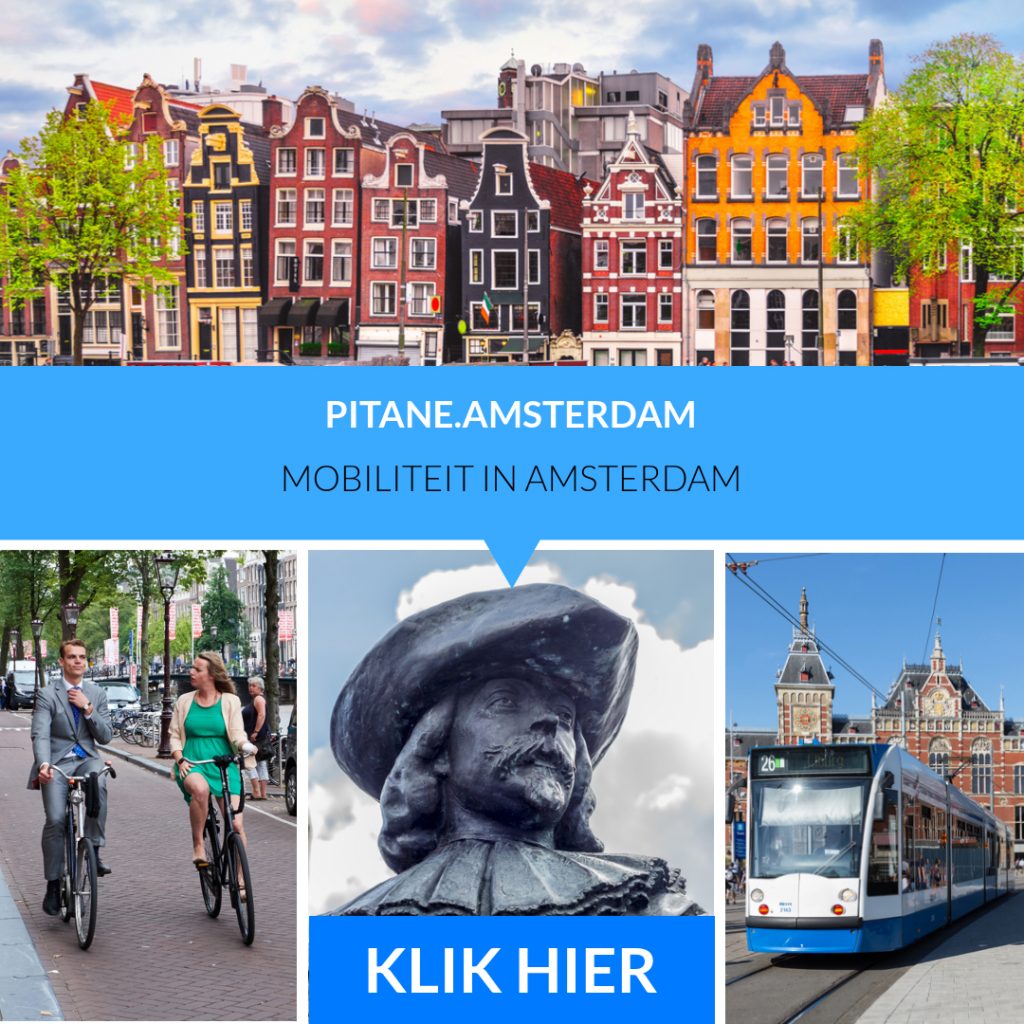For several years in a row, the government has earned more BPM than the year before. The increase in bpm is now very striking, because a record number of electric cars were sold in 2019. Those cars are exempt from bpm, but the total bpm revenue rose to more than 2,2 billion euros. This striking increase is about 90,5 million more than a year earlier.
No more refunds from 1 January 2020
Since 1 January 2020, it is no longer possible to use the bpm refund scheme for taxis or public transport. However, if you have a passenger car that met the conditions for the refund scheme by 31 December 2019 at the latest, you can still request a refund up to 13 weeks later.
The 3-year period within which the conditions for the refund must be met, applies from the moment of the refund until December 31, 2022 at the latest. During those 3 years, 90% or more of the passenger car must continue to be used as a taxi or for public transport. The moment at which the 3-year term starts also applies to the roll-over scheme. It is therefore important to do the best you can anticipate on this new scheme.
Ministry of Finance continues to deny
The figures from VWE Automotive show that the total indirect tax revenue has increased steadily in recent years. The RAI Association attributes this increase to the introduction of the new test cycle (WLTP). It measures the CO2 emissions of cars a lot more realistic, but this increases the bpm (which is linked to the emissions), according to the sector organization. The Treasury Department denies that.
What is this indirect tax?
Taxation of passenger cars and motorcycles is an indirect tax that must be paid for every passenger car and delivery van registered in the Netherlands and for every motorcycle registered in the Netherlands.
Also read: Ministry weeks informed of BPM results KPMG



